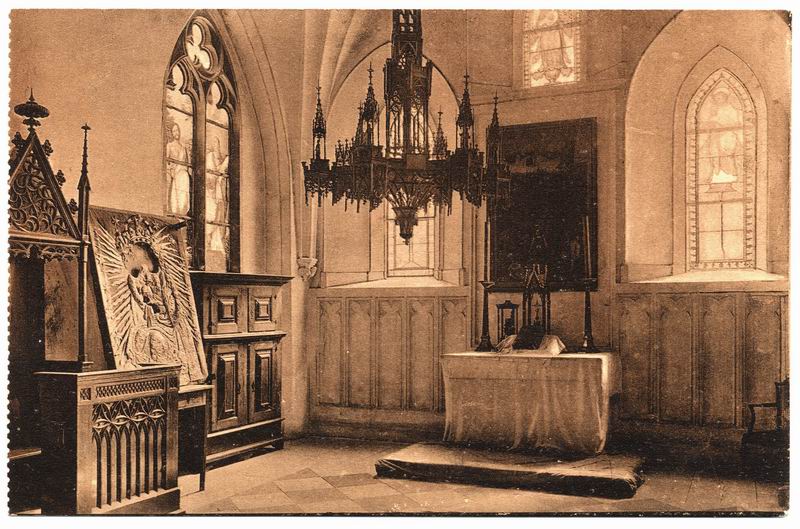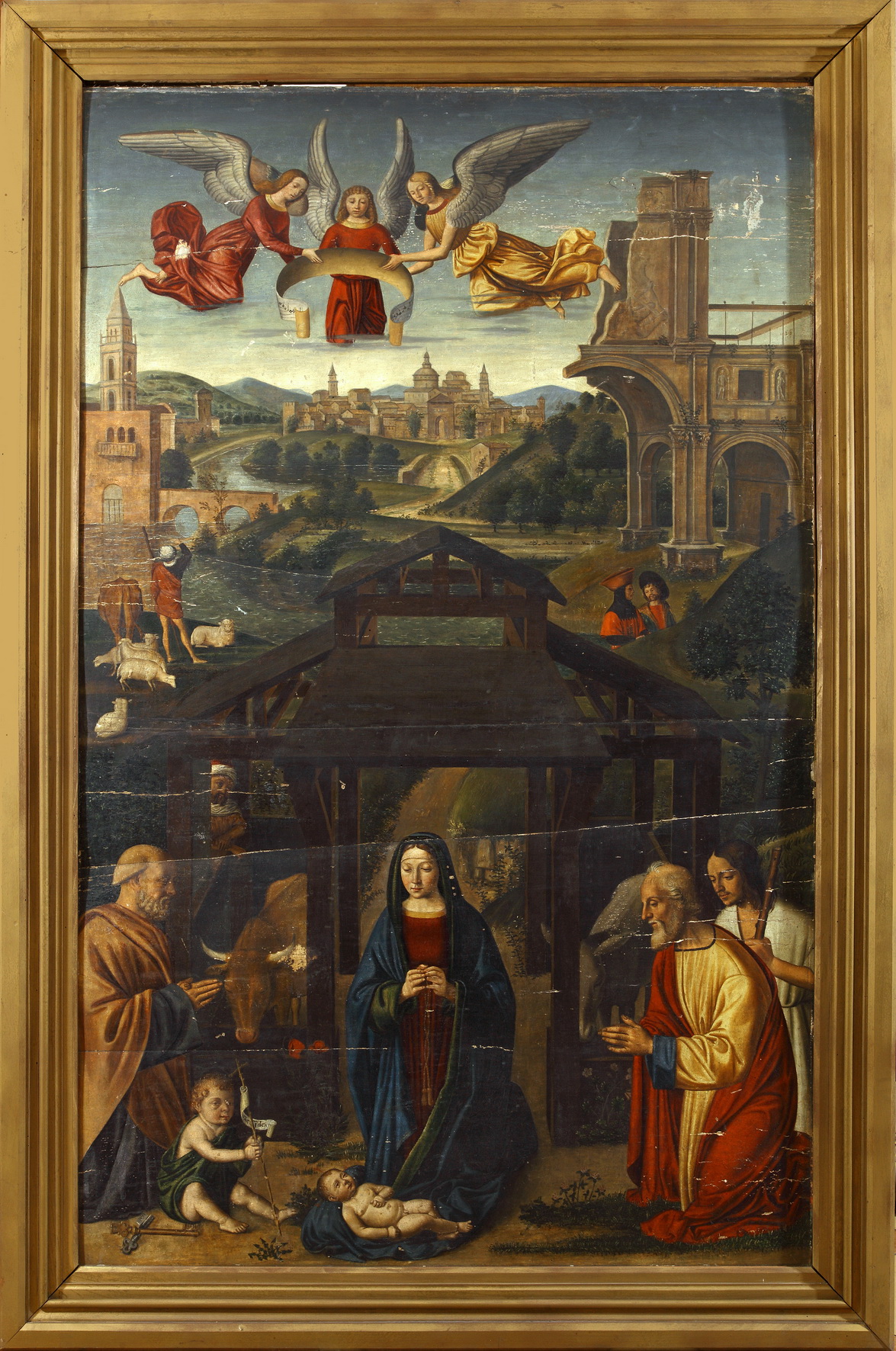author: unknown, German workshop influenced by North Italian painting
time of creation: 16th century
technique: oil
material: linden board
dimensions: 170 x 104 cm
provenance: Royal Painting Gallery in Berlin (Stiftung Preußische Schlösser und Gärten); from 1825 to the end of World War II it was in the chapel of St. Catherine, serving as the altar setting; after 1945 transferred to the Malbork parish under the invocation of Our Lady of Perpetual Help.
current owner: parish under the invocation of Our Lady of Perpetual Help in Malbork
Chapel of the great masters of Sst. Catherine, referred to in the literature on the subject as “private” or “home”, enjoyed special favors during the “romantic” restoration of the castle (the first half of the 19th century), being an element of the Pantheon of Prussia – this showcases how the German decision-makers of the time wanted to perceive the Malbork castle. As part of giving the chapel a new rank and meaning, in 1823, the young and talented painter on glass, Albert Höcker, placed the images of two Saint Johns: the Baptist and the Evangelist in two eastern windows (the interior still had a simple closure; it was only Conrad Steinbrecht introduced with three sides) . Between the windows there is a modest altar, which is documented by a 20th-century postcard. The movable furnishings of the chapel were funded by both high-ranking personalities and Prussian organizations: in 1825 King Frederick William III donated a valuable 16th-century panel painting with the scene of the Adoration of the Christ Child.
The composition of the painting consists of three planes arranged horizontally. In the first, the scene of the Adoration of the Christ Child, in the second, a vast landscape with genre scenes and architecture, the third plan is the heaven zone with angels lifting a band. The vertical axis of the composition is marked by: the kneeling figure of the Mother of God with the Baby Jesus lying on the field of her navy blue mantle, the symmetrically depicted stable above, and the city with towers and staffage in the background. Apart from Mary, the scene of Adoration also involves St. Peter as a bearded old man (with him on the ground are keys serving as an attribute), a few-year-old St. John the Baptist with a thin cross entwined with a band and St. Joseph on the right, accompanied by a shepherd. In the background, there is an openwork stable, sheep with a shepherd and two travelers. In the background, there is a vast landscape with a river and architectural elements in the form of a partially demolished Roman triumphal arch and a medieval city. In the upper part of the painting, a group of three long robed angels unfolds a semicircular band over the Adoration scene.
(compiled by Ewa Witkowicz-Pałka)


